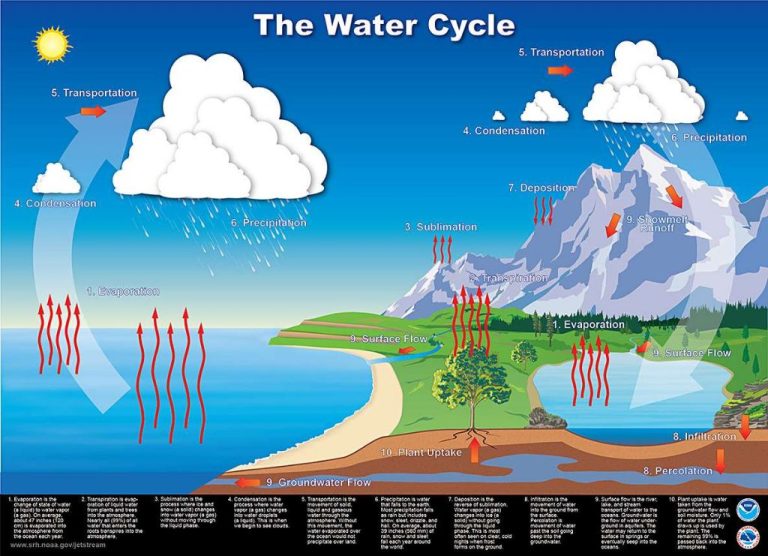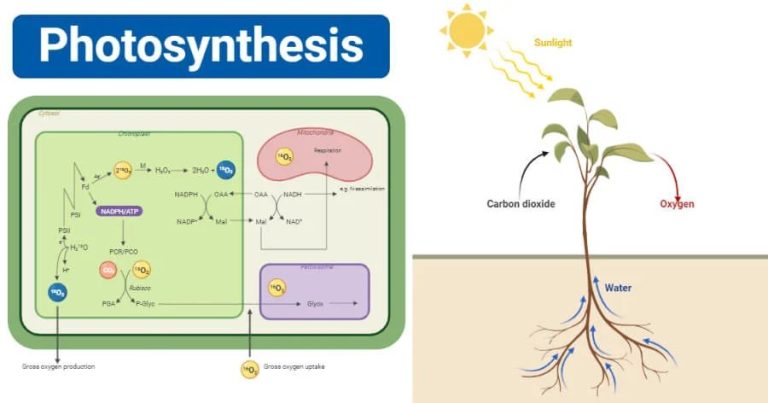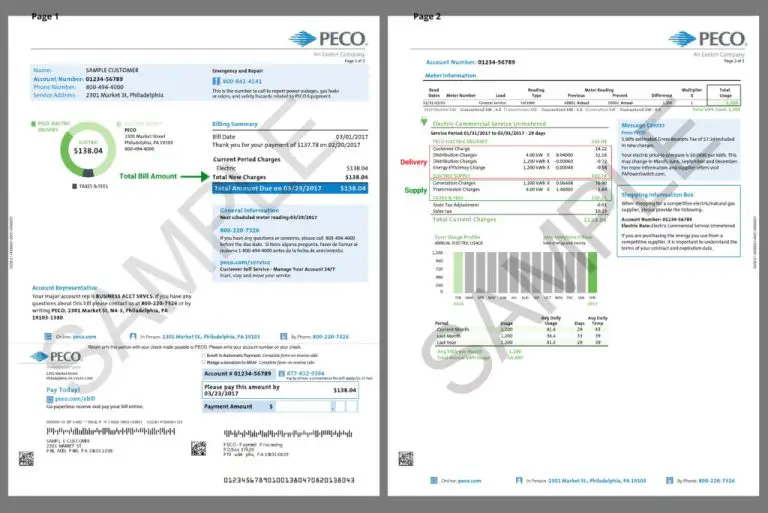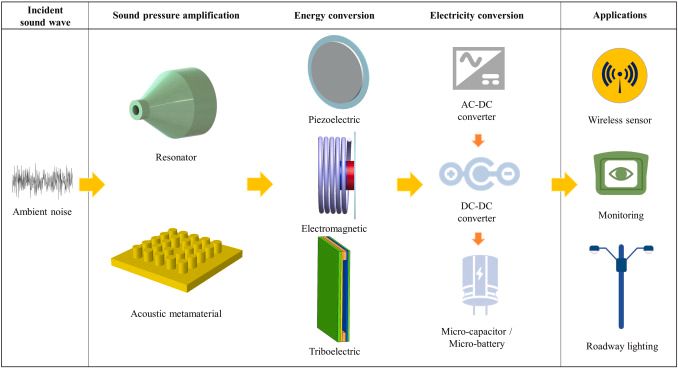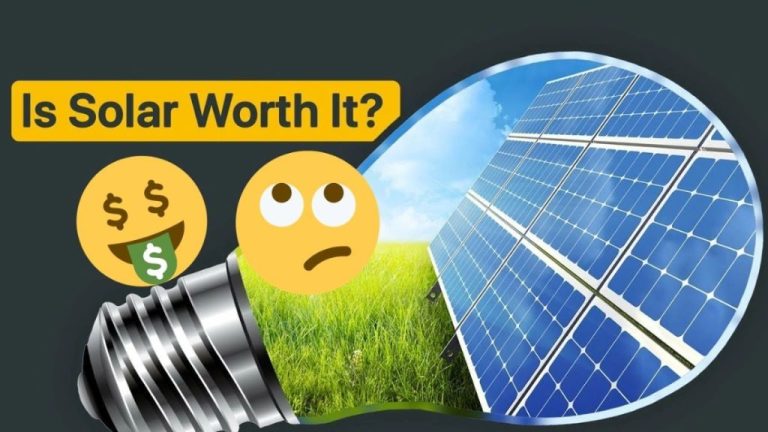What Produces More Waste Nuclear Or Solar?
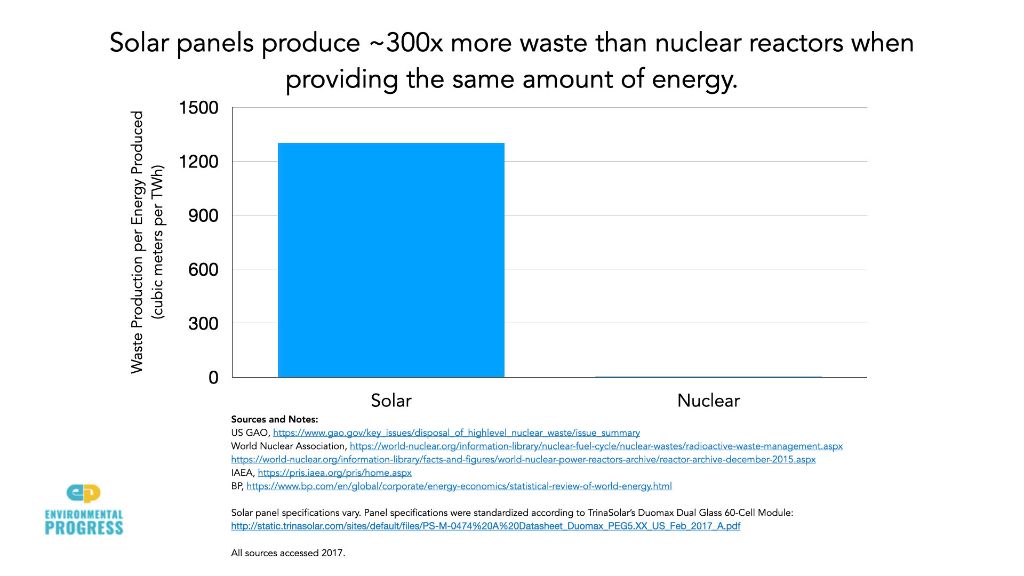
Nuclear and solar energy are both considered clean energy sources that produce little to no carbon emissions. However, like all energy production methods, they do produce waste that requires proper management. This article examines and compares the waste produced by nuclear and solar power generation.
Nuclear energy comes from the splitting of uranium atoms in a process called nuclear fission. This process heats water to produce steam that spins turbines to generate electricity. Solar energy converts energy from the sun into electricity using photovoltaic panels. While both are clean energy sources, the waste they produce varies greatly.
Nuclear Waste
Nuclear reactors produce radioactive waste as a byproduct of generating electricity. There are several classifications of radioactive waste from nuclear reactors:
Low-level waste – This consists of paper, plastic, cloth, tools, and other materials that have become contaminated through exposure to radiation. Low-level waste makes up over 90% of the volume of nuclear waste but contains only 1% of the total radioactivity.
Intermediate-level waste – This waste contains higher amounts of radioactive material than low-level waste. It consists of resins, chemical sludges, and reactor components removed during maintenance.
High-level waste – This is primarily spent nuclear fuel removed from reactors after irradiation. It contains 95% of the total radioactivity produced even though it represents just 3% of the volume of all radioactive waste (IAEA, 1998).
The wide variety of radioactive waste produced makes characterization challenging. Precise quantification of nuclear reactor waste types can usually only be determined by analyzing individual waste samples (IAEA, 1998).
Nuclear Waste Quantities
Nuclear power plants in the United States produce about 2,000 metric tons of spent nuclear fuel per year (1). While this may seem like a large amount, the volume of the spent fuel is actually quite small compared to other energy industries. According to the IAEA, spent nuclear fuel accounts for only about 3% of total radioactive waste by volume (2).
Overall, the global inventory of spent fuel is around 370,000 metric tons. With a typical fuel assembly size of 200 kg, the total global inventory would fill an area about the size of a soccer field to a depth of 5 meters (3).
Most nuclear waste is low-level waste, making up 90% of the total volume but containing less than 1% of the total radioactivity. The remaining high-level waste makes up 95% of the radioactivity while accounting for just 3% of total waste volume.
Nuclear Waste Storage
Nuclear waste is stored in specially designed facilities that aim to safely contain the radioactive material. Most nuclear waste is initially stored on-site at nuclear power plants. The waste is kept in cooling pools or in dry cask storage, which are steel and concrete containers. After a few years, the waste is transferred to interim storage facilities while a permanent disposal site is developed. Currently, most countries lack a long-term nuclear waste storage solution and rely on interim storage (World Nuclear Association, 2022).
The most common proposal for permanent nuclear waste storage is deep geological disposal. This involves storing waste hundreds of meters underground in stable rock formations like clay or granite. The aim is for the waste to be isolated from humans and the environment for thousands of years. No country has yet established a permanent geological disposal site, though Finland is furthest along in developing such a facility (World Nuclear Association, 2022).
Key challenges for nuclear waste storage include ensuring safe containment of radiation, securing suitable geology, and gaining public acceptance. The lack of permanent disposal sites means nuclear waste continues to accumulate at power plants and interim storage facilities (CNBC, 2021).
Solar Panel Waste
Solar panels produce several types of waste during manufacturing, operation, and end-of-life disposal. The main waste components from solar panels include:
- Silicon tetrachloride – a byproduct from producing solar grade silicon.
- Slurries – silicon sawing slurries from wafer manufacturing.
- Broken wafers and cells – manufacturing defects.
- Encapsulants – resins and polymers like ethylene vinyl acetate.
- Junction boxes – contain lead solder.
- Wires – insulated copper wiring.
- Aluminum frames – structural framing.
- Glass sheets – cover the solar cells.
Additionally, some solar panels contain small amounts of heavy metals like cadmium, selenium, and silver. The toxicity levels vary based on the specific solar panel technology. For example, cadmium telluride (CdTe) thin film panels contain more cadmium than crystalline silicon panels.
According to the EPA, the amount of lead in junction boxes classifies scrapped solar panels in California as hazardous waste. However, regulations differ by state. Proper end-of-life recycling is necessary to prevent heavy metals and other toxic materials from entering landfills.
Source: https://www.epa.gov/hw/solar-panel-frequent-questions
Solar Waste Quantities
The amount of solar panel waste is projected to increase dramatically in the coming years as more solar panels reach the end of their usable lifespan. According to a report by the Wall Street Journal[1], the global volume of solar panel waste generated annually will rise from 30,000 metric tons in 2021 to over 1 million tons in 2035. In the United States alone, one estimate projects solar panel waste could exceed 20% of total electronic waste by 2050[2]. The rapid growth of the solar industry has not yet been matched by commensurate recycling infrastructure and regulations to handle the future increase in panel disposal.
Solar Waste Recycling
Solar panels contain valuable materials like silicon, glass, aluminum, and copper that can be recovered through recycling.
According to the EPA, solar panel recycling involves dismantling the panels and separating the components for reuse. The glass can be recycled and made into new glass products. The silicon can be purified and used to make new solar cells. The metal frame and wiring contain aluminum and copper which can also be recycled.
Specialized solar panel recycling companies like ERI have developed processes to safely handle and separate the materials in solar panels. They report being able to recover up to 90% of a solar panel’s materials for reuse.
Proper solar panel recycling reduces waste and environmental impacts while recovering valuable resources. More recycling infrastructure is still needed to handle the growing number of panels reaching end-of-life.
Nuclear vs Solar Waste
When comparing the waste generated from nuclear and solar energy sources, studies have found that solar actually produces significantly more toxic waste per unit of energy produced than nuclear. According to a study by Environmental Progress, a research and policy organization, solar panels create 300 times more toxic waste per unit of energy than nuclear power plants [1].
This is because solar panels contain hazardous materials like lead, chromium and cadmium that can leach out as the panels degrade over time. While the waste from nuclear power is more radioactive, the actual volume of toxic waste produced from solar is much greater. For example, for every 1 GW of energy produced over a year:
- Nuclear power produces 27 cubic meters of waste.
- Solar panels produce about 8,000 cubic meters of waste.
So while the radioactivity of nuclear waste poses unique long-term storage challenges, toxic solar waste is accumulating rapidly in large volumes that also require responsible disposal and recycling. Proper end-of-life handling is crucial for both sources to minimize environmental impacts.
Waste Management
Both nuclear and solar energy produce waste that needs proper management. However, the waste challenges differ significantly between the two technologies.
Nuclear waste is radioactive and remains dangerous for thousands of years. There is no permanent disposal site for high-level nuclear waste in the United States, and most waste is currently stored on-site at nuclear plants in spent fuel pools or dry cask storage 1. Finding a permanent solution for nuclear waste storage is a major challenge.
Solar panel waste is not radioactive, but contains toxic materials like lead and cadmium that can pollute the environment. The amount of solar waste is expected to grow substantially as more panels reach end-of-life. Proper solar panel recycling is important, but not yet widely available. The solar industry is working to implement responsible recycling programs and reduce waste at the manufacturing stage 2.
In summary, while both energy sources produce waste, nuclear waste is more hazardous and lacks permanent disposal options. Solar waste is manageable through proper recycling, and volumes are relatively low compared to other energy industries.
Conclusion
In summary, while both nuclear and solar energy production result in waste, the amount and type of waste is quite different. Nuclear energy produces very hazardous radioactive waste that must be carefully stored for thousands of years. The total quantity of nuclear waste is relatively small but it poses significant risks if not properly managed. In contrast, solar panels produce larger volumes of non-hazardous waste that can be more easily recycled or disposed of safely. While the solar industry is working to improve recycling methods, there are still challenges in dealing with some of the complex materials in solar panels.
Overall, it appears that nuclear energy results in less total waste by volume, but the radioactive waste is far more dangerous and difficult to manage than the end-of-life waste from solar panels. There are merits and drawbacks to both energy sources in terms of waste production that should be weighed carefully. More research and investment into advanced nuclear reactor designs and solar panel recycling could help reduce waste from both sources going forward.

